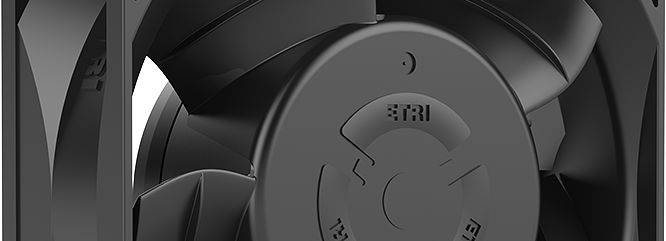Data Centers
The essential role of fans in data centers
In a world where digital data is at the heart of all activities, data centers play a strategic role. These infrastructures house thousands of servers that constantly generate considerable heat. To guarantee their performance and availability, it is essential to implement effective cooling solutions. Fans, often discreet but indispensable, are a central element of this thermal strategy.
Why are fans essential?
Servers, routers, and storage equipment operate continuously and generate intense heat. Without evacuation, this heat would quickly cause overheating, leading to slowdowns, hardware failures, and even permanent loss of equipment. Fans therefore perform a vital task: maintaining components at an optimal operating temperature.
Their role is not limited to direct cooling. They also help manage airflow in computer rooms. Thanks to a carefully designed layout (cold aisles and hot aisles), fans direct cool air toward equipment while evacuating hot air, thus avoiding inefficient air recirculation.
The different types of fans used
There are two main levels of fan use in a data center:
At the server level
The equipment incorporates compact axial fans, which provide direct airflow through sensitive components (processor, memory, electronic cards). In more confined environments, radial fans (from ECOFIT) are also used, as they are capable of providing greater air pressure. ETRI axial fans are ideal for this purpose, thanks to their compact size and efficiency.
At the overall infrastructure level
Air conditioning and air handling systems (CRAC/CRAH, free cooling, dry coolers) use more powerful centrifugal fans capable of moving large volumes of air through filters and heat exchangers. In some cases, large axial fans (made by Rosenberg) are used to ensure massive air renewal in rooms. ETRI's high-performance centrifugal and axial fans are suitable for these applications.
The importance of built-in alarms
Simply having fans is not enough. In a data center, real-time monitoring is crucial. That's why modern fans are often equipped with sensors and alarms.
These devices make it possible to:
- immediately detect a failure or abnormal speed,
- prevent the risk of overheating before it affects equipment,
- activate automatic backup measures (increase the speed of redundant fans, switch loads, or shut down servers in a controlled manner),
- optimize energy consumption by reporting any anomalies related to clogging or overconsumption.
By integrating these alarms into the building management system (BMS) or supervision software, operators have complete traceability and can anticipate maintenance needs.
ETRI fans can be equipped with specially adapted alarms to ensure optimal ventilation. In this case, the codes are identified by their last digits: 14xxx.
A vital link in reliability
Ultimately, fans are much more than just mechanical accessories. They are a vital link in the cooling system, ensuring equipment safety, service continuity, and energy efficiency in data centers.
At a time when energy consumption and reliability are becoming strategic issues, investing in high-performance, intelligent, and monitored fans is not an option: it is a necessity.

